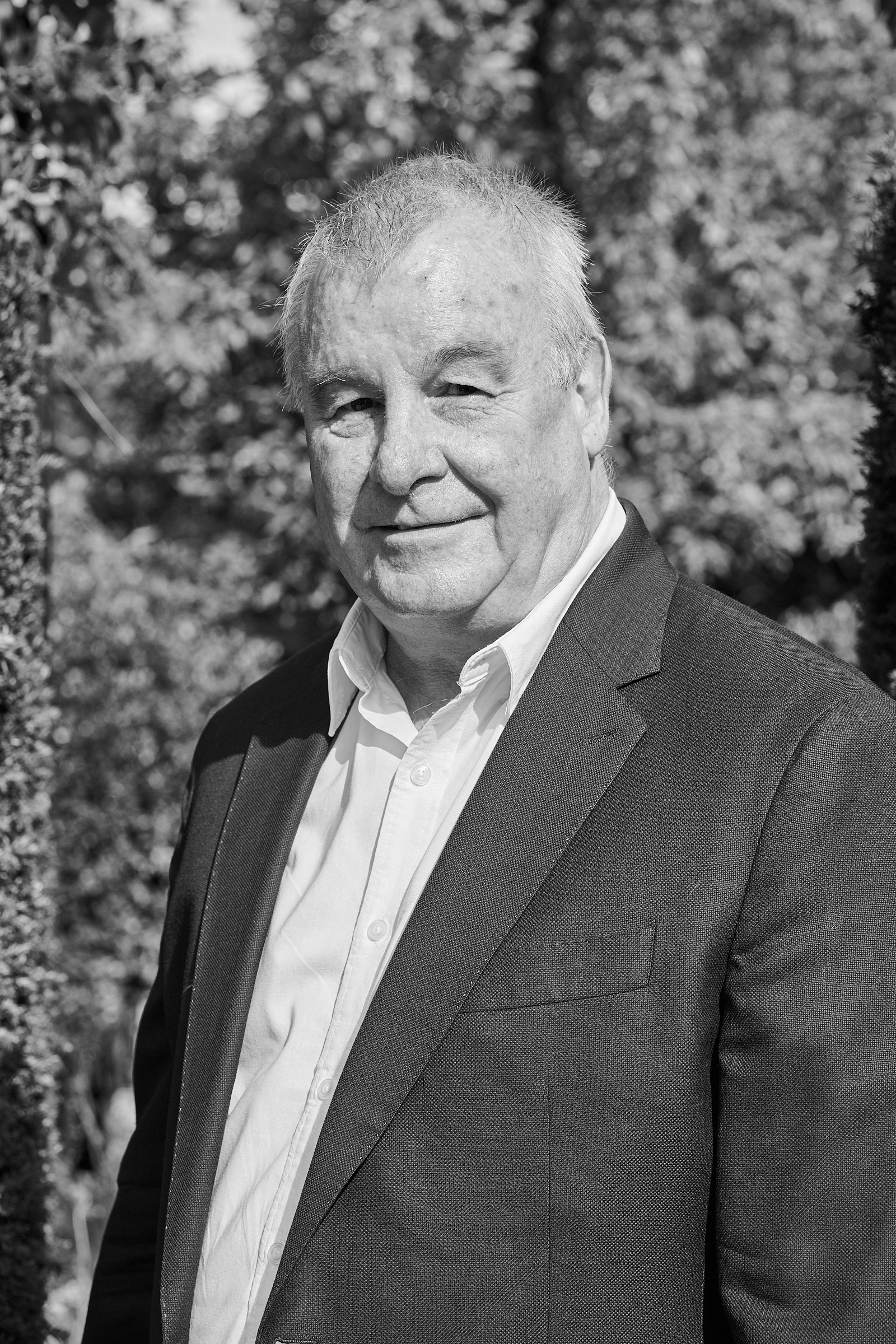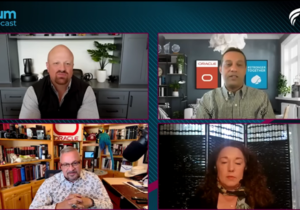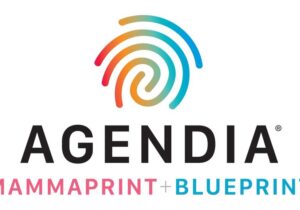
Dr. David Tapolczay, Chief Executive Officer of Conduit Pharma
By Exec Edge Editorial Staff
Can you give me a brief description of what Conduit Pharma does?
Conduit is a disease agnostic life science company providing an efficient model for compound development. In conjunction with a UK biomedical research charity, we acquire assets that are Phase-II ready, take the assets through Phase II, and then seek an exit through third-party license deals, typically for substantial milestone payments and anticipated ongoing royalty income. Ours is an extremely efficient business model, with our overall objective to get a commercial return in a much shorter timeframe than traditional big pharma and biotech.
Tell us about your management team?
I have been in the industry for some time. I served as Chief Executive of LifeArc and prior to that, I held leadership positions at Zeneca, GSK and Millennium Pharmaceuticals. I am a fellow Chartered Chemist of the Royal Society of Chemistry and I hold a Ph.D. from the University of Southampton.
It was during my time at LifeArc that I had the opportunity to work alongside Dr. Freda Lewis-Hall, who is the real star of our management team. Freda served as the Chief Medical Officer of Pfizer, Inc., and held senior positions at Bristol-Myers Squibb, Pharmacia and Eli Lilly. Together, we became part of a team that founded SpringWorks Therapeutics, a Nasdaq-listed oncology company which licensed molecules from Pfizer and raised approximately $186.3 MM on listing, with a current market capitalization of approximately $1.5 BN.
How are you differentiated from others in the biopharma space?
Conduit is a departure from the traditional big pharma/biotech business model. Instead of working like a big pharma, who typically shepherd their assets through Phase III, we acquire assets that are Phase II-ready and then, following successful clinical trials, we’ll seek an exit through third-party license deals.
This is a cost-effective model that avoids the significant cash burn of Phase III and beyond. It potentially reduces financial exposure for investors while offering more potential avenues for capital gains by focusing on the development of clinical assets that have already undergone some pre-clinical and clinical testing.
For example, AZD1656 is licensed from AstraZeneca. It has already had a successful clinical study that provided evidence of the mechanism of action, suggesting a broad utility of the product across autoimmune disorders. We’ll work to take it through a Phase II trial in an autoimmune disease and explore from there.
This model not only addresses the challenges associated with the conventional model, but also sets Conduit up to be a trailblazer in this industry, offering a leaner, more efficient, and effective pathway to success.
Finally, we will be a lean, stealth company. We have no intention of building a large organization. We will outsource programs and a lot will be done externally. We will hire only the best to oversee our programs so we will carefully monitor and manage all our fixed costs versus variable costs.
What does the company’s pipeline look like?
As a disease agnostic company, there is no disease state we won’t pursue – we are looking at treatments for a wide variety of autoimmune diseases which we are exploring with AZD1656, which is a HK4 Glucokinase Activator.
We also have AZD1656, a myeloperoxidase inhibitor, to target Idiopathic Male Infertility, for which there is no other alternative treatment and therefore has the potential to be the first to market. Longer term, we are in discussions with big pharma to license further assets in various indications. We expect our asset pipeline to develop over time, prospectively with multiple partners.
Why is the company a strong investment?
Our cost-effective business model avoids the significant cash burn of Phase III and beyond, through potentially reducing financial exposure for investors while offering more potential avenues for capital gains. Conduit will focus on the development of clinical assets that have already undergone some pre-clinical and clinical testing, which we intend to further develop through Phase II.
The team at Conduit has created a truly unique business model. Traditional models take a long time from clinic to commercialization, and in many cases, assets that have shown good results can get left on the shelf for a variety of reasons – company focus, resources, etc. Because we have excellent relationships with the large pharma companies that may have these assets sitting on the shelf, we work with them and help facilitate the donation of the asset to a scientific and research charity where it can be further explored.
To illustrate this, currently, we have an exclusive agreement with the UK biomedical charity St George Street Capital which, in turn, holds a license agreement with AstraZeneca plc (AZ). AstraZeneca has donated assets to the charity for further development, as these assets have been deprioritized by AZ. The exclusive agreement with St George Street Capital allows Conduit to develop the asset through Phase IIb and seek an exit via a license deal with third parties following successful clinical trials. In return, St George Street Capital is a shareholder of Conduit and should benefit from any commercialization upon exit. It is important to note that AZ holds the first right of negotiation for any license deal.
We partner with the charity to fund the asset, reducing the timeline for a better commercial return. In addition, we identify life changing treatments that may not come to market without our commitment and know how.
Following successful clinical trials, Conduit intends to license these assets back to large pharmaceutical companies, typically for substantial milestone payments and retain an anticipated ongoing royalty income of 12-18% of sales for the life of the patent. Our overall objective is to get a commercial return in a much shorter timeframe than traditional big pharma and biotech.
What is your vision for Conduit Pharmaceuticals moving forward?
We’re working on a variety of assets that can address unmet needs for patients in a wide range of autoimmune diseases and idiopathic male infertility. It’s about taking promising medicines that have shown success already, and making sure they get to market efficiently. We also intend to design and deliver clinical trials in a leaner and more efficient manner. This is beneficial for investors and most importantly, for patients waiting for these drugs.
Additionally, working with charities that are fully committed to curing the most difficult diseases we face, like cancers and debilitating autoimmune diseases, is, for us, a terrific business model. Helping them achieve their goals through better commercialization opportunities is a win-win for all of those involved.
At the end of the day, we also want to address health equity. We are looking to change some paradigms, especially access and cost. We think we are going to make advances in immune disease. Current adaptive cell therapy is prohibitively expensive. Our team is looking at taking your own immune system and delivering a totally viable, and less expensive alternative. As opposed to cell therapy we are looking at a small molecule which may disrupt the current thinking in cell therapy.
Editor@Executives-edge.com







